
In my photography series “Good Neighbors,” I am exploring my Mexican-American experience through a multi-generational lens. I used my family's history and others who were part of an early wave of suburban Latinos in greater Los Angeles to reveal the layered identities of those shaped by the forces of assimilation, post-WWII suburbanization, and a search for a version of the American dream.
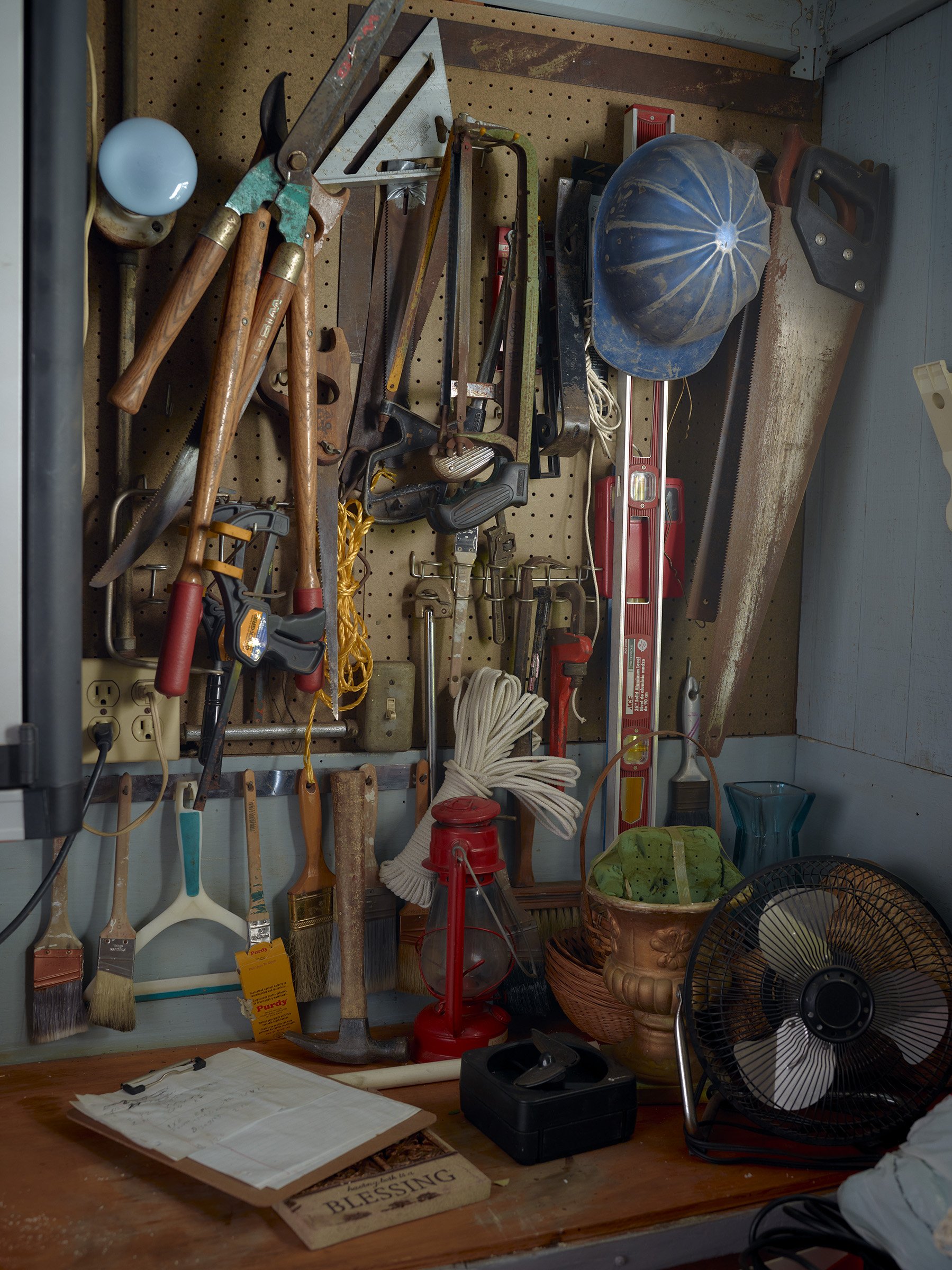
In my photography series “Good Neighbors,” I am exploring my Mexican-American experience through a multi-generational lens. I used my family's history and others who were part of an early wave of suburban Latinos in greater Los Angeles to reveal the layered identities of those shaped by the forces of assimilation, post-WWII suburbanization, and a search for a version of the American dream.
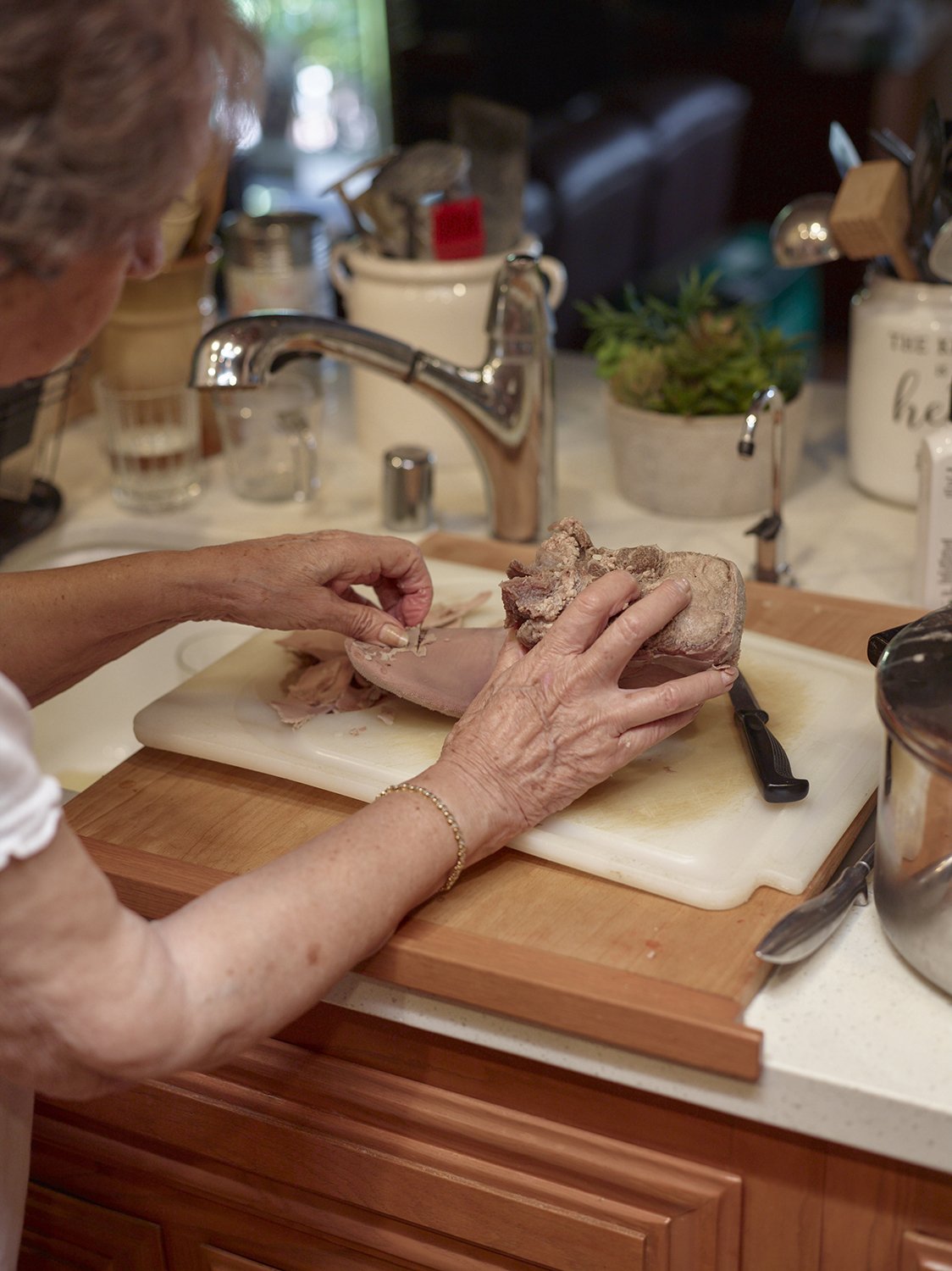
In my photography series “Good Neighbors,” I am exploring my Mexican-American experience through a multi-generational lens. I used my family's history and others who were part of an early wave of suburban Latinos in greater Los Angeles to reveal the layered identities of those shaped by the forces of assimilation, post-WWII suburbanization, and a search for a version of the American dream.
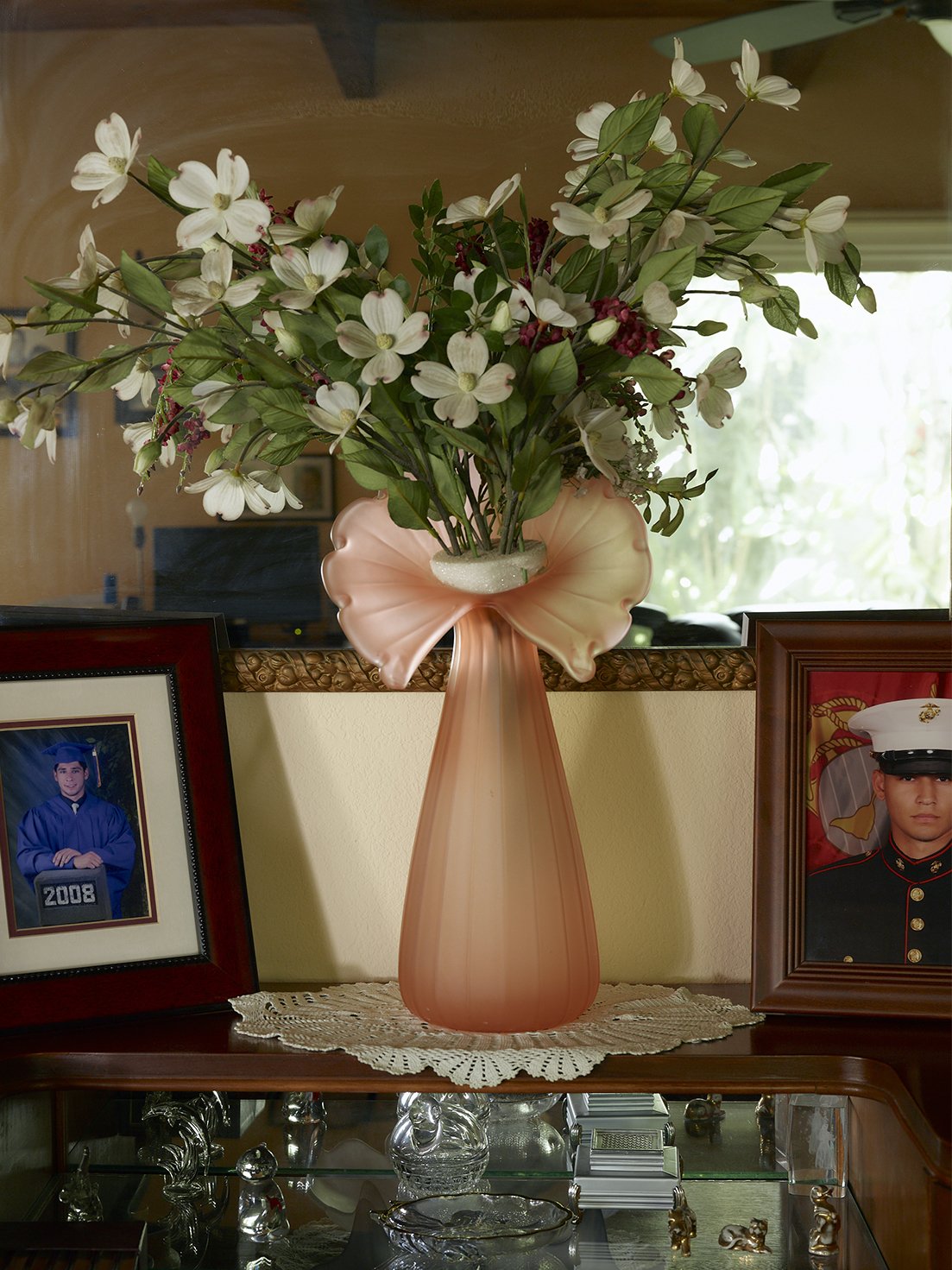
In my photography series “Good Neighbors,” I am exploring my Mexican-American experience through a multi-generational lens. I used my family's history and others who were part of an early wave of suburban Latinos in greater Los Angeles to reveal the layered identities of those shaped by the forces of assimilation, post-WWII suburbanization, and a search for a version of the American dream.

In my photography series “Good Neighbors,” I am exploring my Mexican-American experience through a multi-generational lens. I used my family's history and others who were part of an early wave of suburban Latinos in greater Los Angeles to reveal the layered identities of those shaped by the forces of assimilation, post-WWII suburbanization, and a search for a version of the American dream.
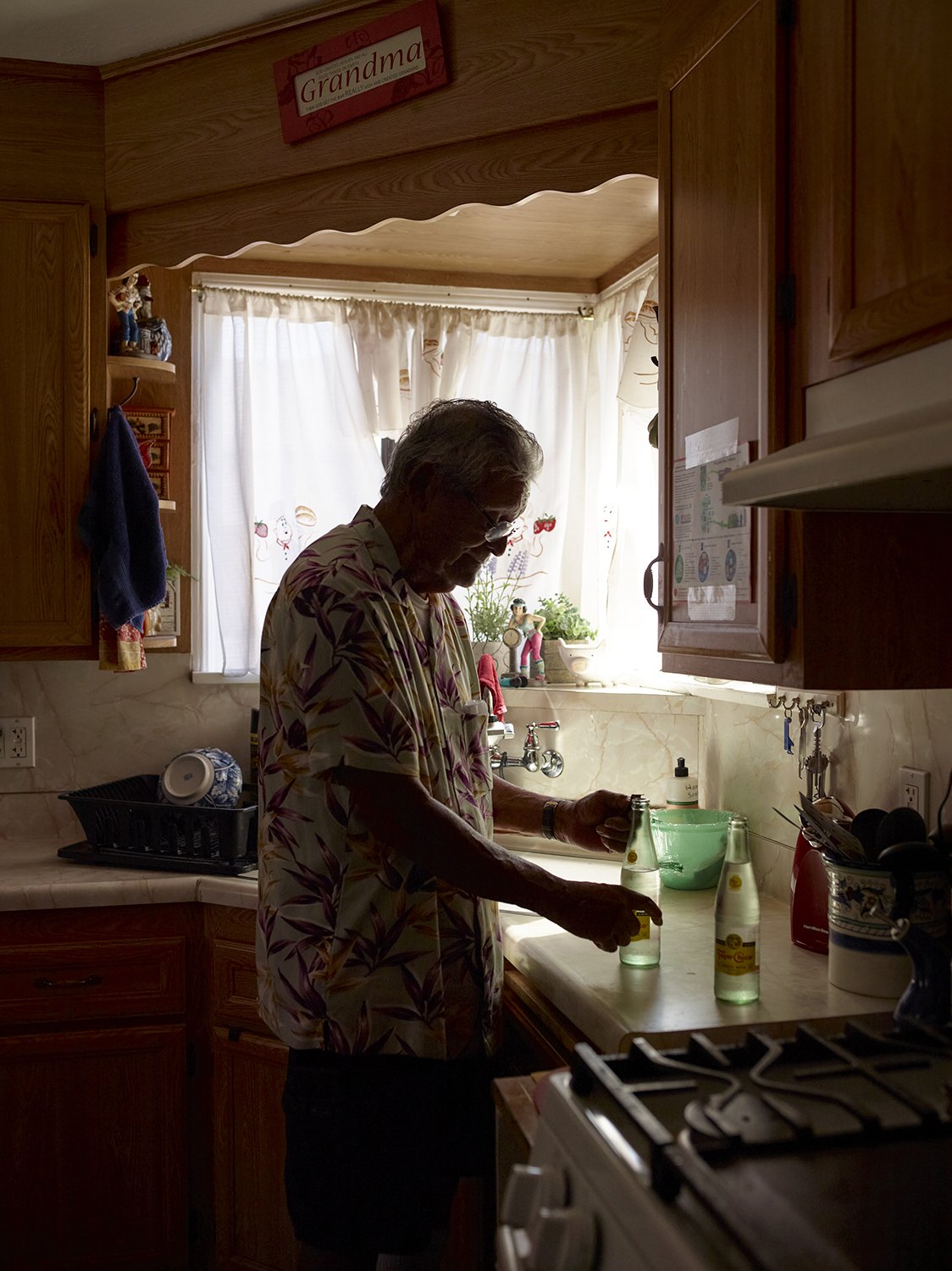
In my photography series “Good Neighbors,” I am exploring my Mexican-American experience through a multi-generational lens. I used my family's history and others who were part of an early wave of suburban Latinos in greater Los Angeles to reveal the layered identities of those shaped by the forces of assimilation, post-WWII suburbanization, and a search for a version of the American dream.

In my photography series “Good Neighbors,” I am exploring my Mexican-American experience through a multi-generational lens. I used my family's history and others who were part of an early wave of suburban Latinos in greater Los Angeles to reveal the layered identities of those shaped by the forces of assimilation, post-WWII suburbanization, and a search for a version of the American dream.
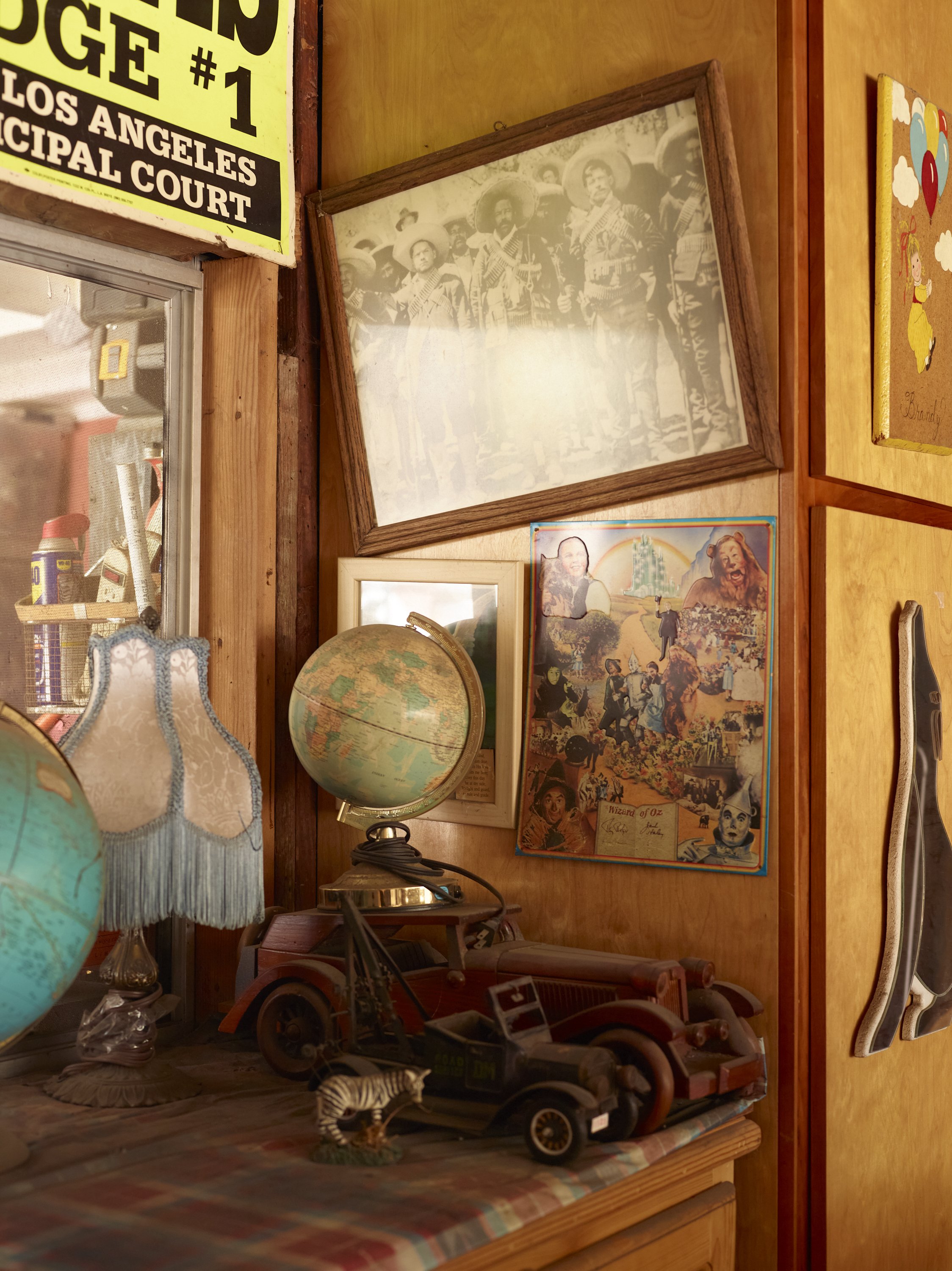
In my photography series “Good Neighbors,” I am exploring my Mexican-American experience through a multi-generational lens. I used my family's history and others who were part of an early wave of suburban Latinos in greater Los Angeles to reveal the layered identities of those shaped by the forces of assimilation, post-WWII suburbanization, and a search for a version of the American dream.

In my photography series “Good Neighbors,” I am exploring my Mexican-American experience through a multi-generational lens. I used my family's history and others who were part of an early wave of suburban Latinos in greater Los Angeles to reveal the layered identities of those shaped by the forces of assimilation, post-WWII suburbanization, and a search for a version of the American dream.

In my photography series “Good Neighbors,” I am exploring my Mexican-American experience through a multi-generational lens. I used my family's history and others who were part of an early wave of suburban Latinos in greater Los Angeles to reveal the layered identities of those shaped by the forces of assimilation, post-WWII suburbanization, and a search for a version of the American dream.
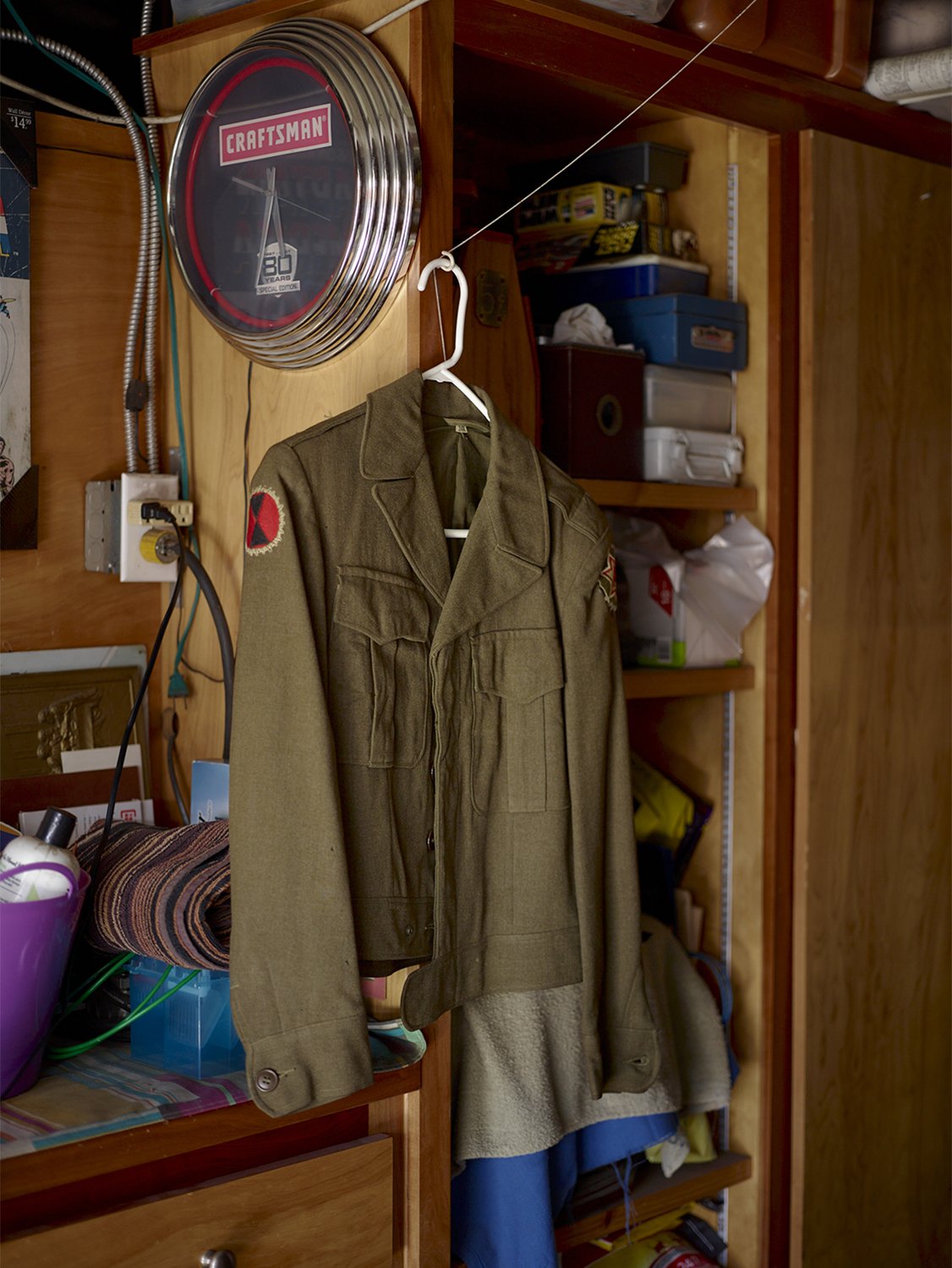
In my photography series “Good Neighbors,” I am exploring my Mexican-American experience through a multi-generational lens. I used my family's history and others who were part of an early wave of suburban Latinos in greater Los Angeles to reveal the layered identities of those shaped by the forces of assimilation, post-WWII suburbanization, and a search for a version of the American dream.

In my photography series “Good Neighbors,” I am exploring my Mexican-American experience through a multi-generational lens. I used my family's history and others who were part of an early wave of suburban Latinos in greater Los Angeles to reveal the layered identities of those shaped by the forces of assimilation, post-WWII suburbanization, and a search for a version of the American dream.
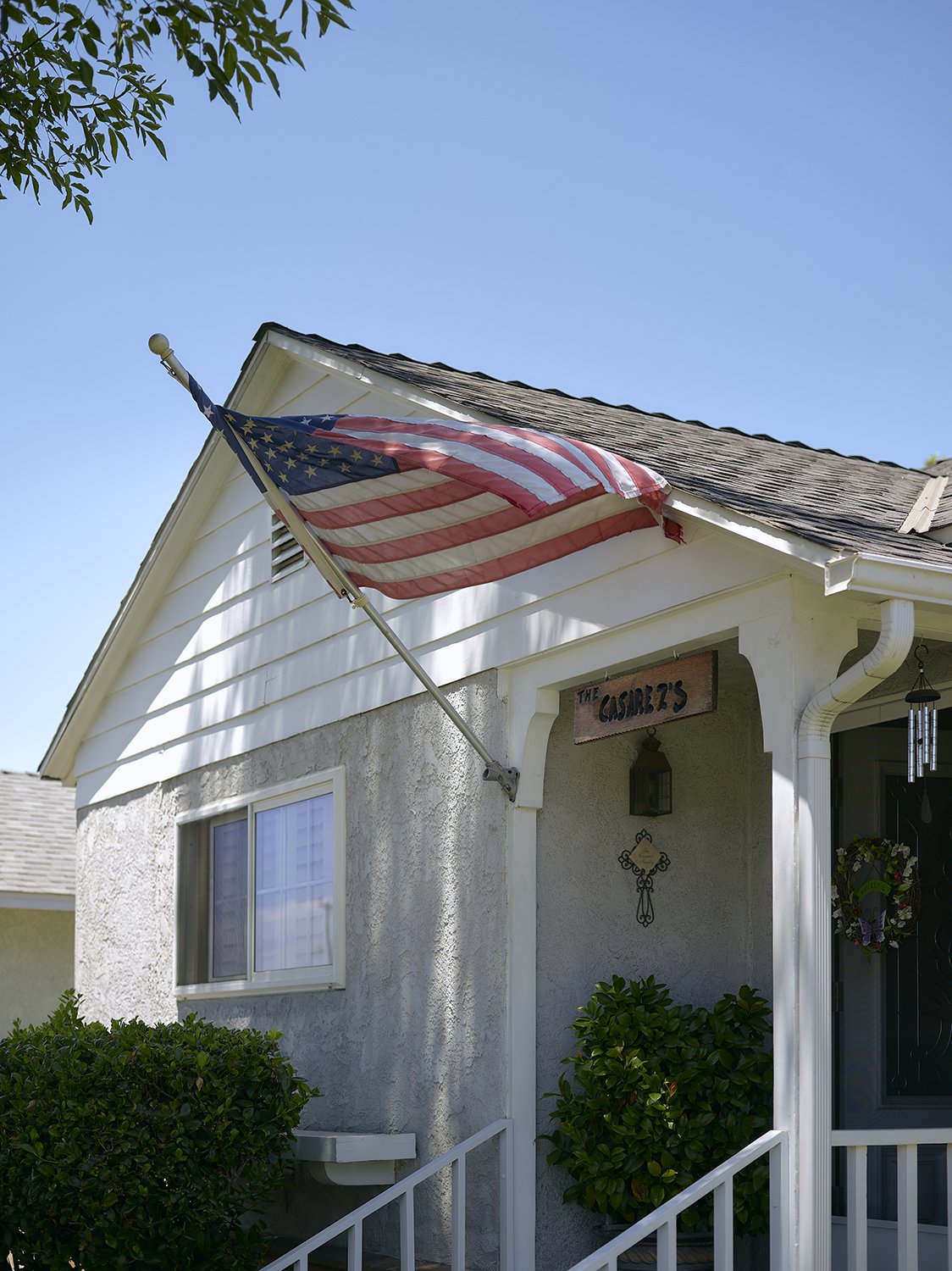
In my photography series “Good Neighbors,” I am exploring my Mexican-American experience through a multi-generational lens. I used my family's history and others who were part of an early wave of suburban Latinos in greater Los Angeles to reveal the layered identities of those shaped by the forces of assimilation, post-WWII suburbanization, and a search for a version of the American dream.













In my photography series “Good Neighbors,” I am exploring my Mexican-American experience through a multi-generational lens. I used my family's history and others who were part of an early wave of suburban Latinos in greater Los Angeles to reveal the layered identities of those shaped by the forces of assimilation, post-WWII suburbanization, and a search for a version of the American dream.
In my photography series “Good Neighbors,” I am exploring my Mexican-American experience through a multi-generational lens. I used my family's history and others who were part of an early wave of suburban Latinos in greater Los Angeles to reveal the layered identities of those shaped by the forces of assimilation, post-WWII suburbanization, and a search for a version of the American dream.
In my photography series “Good Neighbors,” I am exploring my Mexican-American experience through a multi-generational lens. I used my family's history and others who were part of an early wave of suburban Latinos in greater Los Angeles to reveal the layered identities of those shaped by the forces of assimilation, post-WWII suburbanization, and a search for a version of the American dream.
In my photography series “Good Neighbors,” I am exploring my Mexican-American experience through a multi-generational lens. I used my family's history and others who were part of an early wave of suburban Latinos in greater Los Angeles to reveal the layered identities of those shaped by the forces of assimilation, post-WWII suburbanization, and a search for a version of the American dream.
In my photography series “Good Neighbors,” I am exploring my Mexican-American experience through a multi-generational lens. I used my family's history and others who were part of an early wave of suburban Latinos in greater Los Angeles to reveal the layered identities of those shaped by the forces of assimilation, post-WWII suburbanization, and a search for a version of the American dream.
In my photography series “Good Neighbors,” I am exploring my Mexican-American experience through a multi-generational lens. I used my family's history and others who were part of an early wave of suburban Latinos in greater Los Angeles to reveal the layered identities of those shaped by the forces of assimilation, post-WWII suburbanization, and a search for a version of the American dream.
In my photography series “Good Neighbors,” I am exploring my Mexican-American experience through a multi-generational lens. I used my family's history and others who were part of an early wave of suburban Latinos in greater Los Angeles to reveal the layered identities of those shaped by the forces of assimilation, post-WWII suburbanization, and a search for a version of the American dream.
In my photography series “Good Neighbors,” I am exploring my Mexican-American experience through a multi-generational lens. I used my family's history and others who were part of an early wave of suburban Latinos in greater Los Angeles to reveal the layered identities of those shaped by the forces of assimilation, post-WWII suburbanization, and a search for a version of the American dream.
In my photography series “Good Neighbors,” I am exploring my Mexican-American experience through a multi-generational lens. I used my family's history and others who were part of an early wave of suburban Latinos in greater Los Angeles to reveal the layered identities of those shaped by the forces of assimilation, post-WWII suburbanization, and a search for a version of the American dream.
In my photography series “Good Neighbors,” I am exploring my Mexican-American experience through a multi-generational lens. I used my family's history and others who were part of an early wave of suburban Latinos in greater Los Angeles to reveal the layered identities of those shaped by the forces of assimilation, post-WWII suburbanization, and a search for a version of the American dream.
In my photography series “Good Neighbors,” I am exploring my Mexican-American experience through a multi-generational lens. I used my family's history and others who were part of an early wave of suburban Latinos in greater Los Angeles to reveal the layered identities of those shaped by the forces of assimilation, post-WWII suburbanization, and a search for a version of the American dream.
In my photography series “Good Neighbors,” I am exploring my Mexican-American experience through a multi-generational lens. I used my family's history and others who were part of an early wave of suburban Latinos in greater Los Angeles to reveal the layered identities of those shaped by the forces of assimilation, post-WWII suburbanization, and a search for a version of the American dream.
In my photography series “Good Neighbors,” I am exploring my Mexican-American experience through a multi-generational lens. I used my family's history and others who were part of an early wave of suburban Latinos in greater Los Angeles to reveal the layered identities of those shaped by the forces of assimilation, post-WWII suburbanization, and a search for a version of the American dream.
